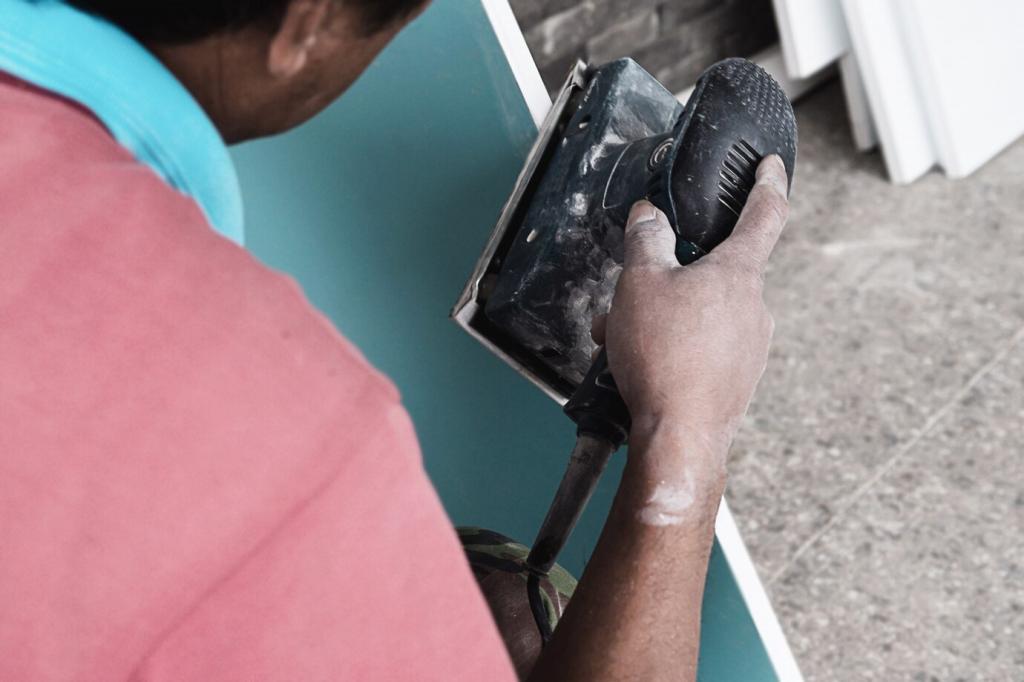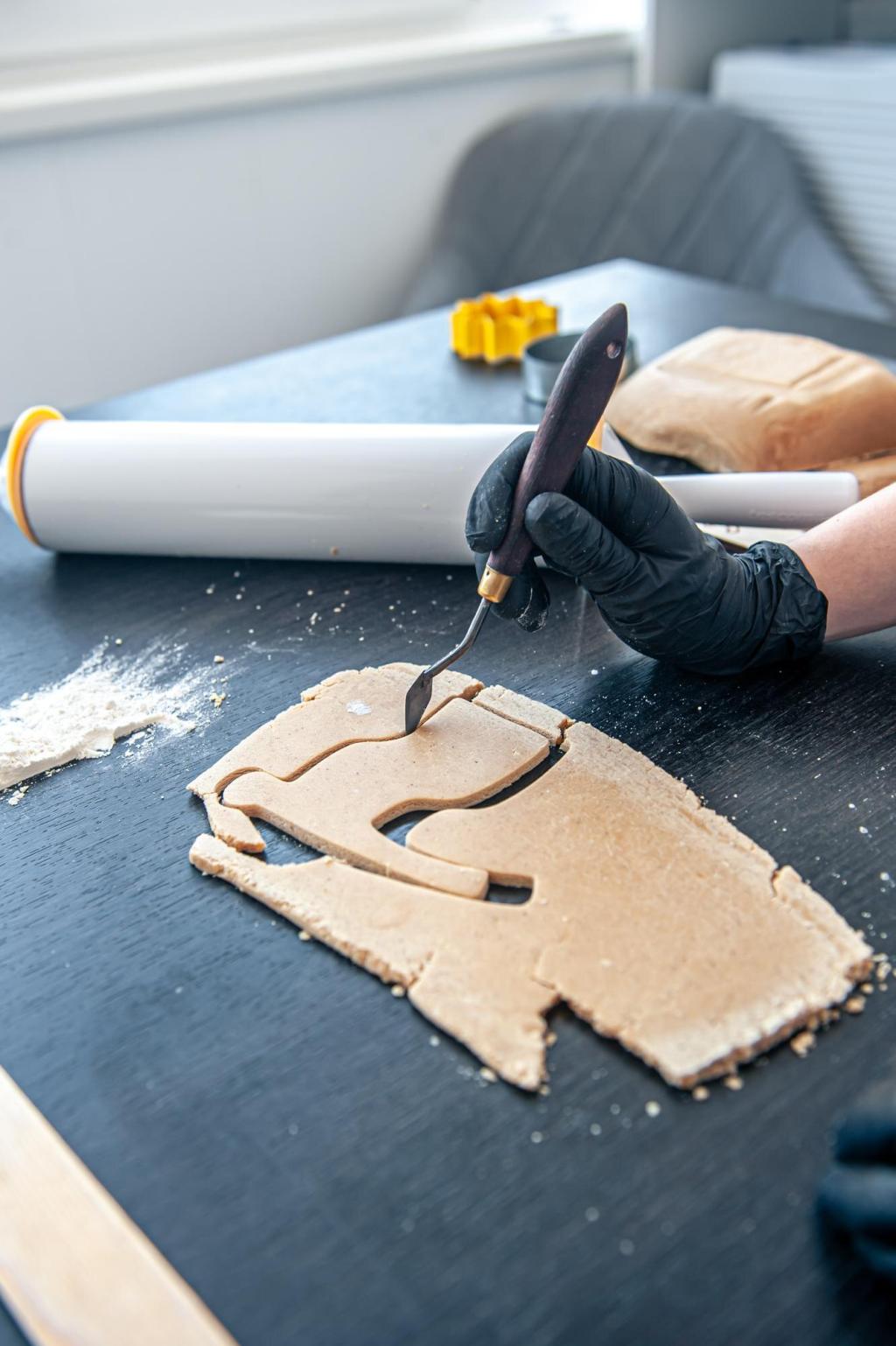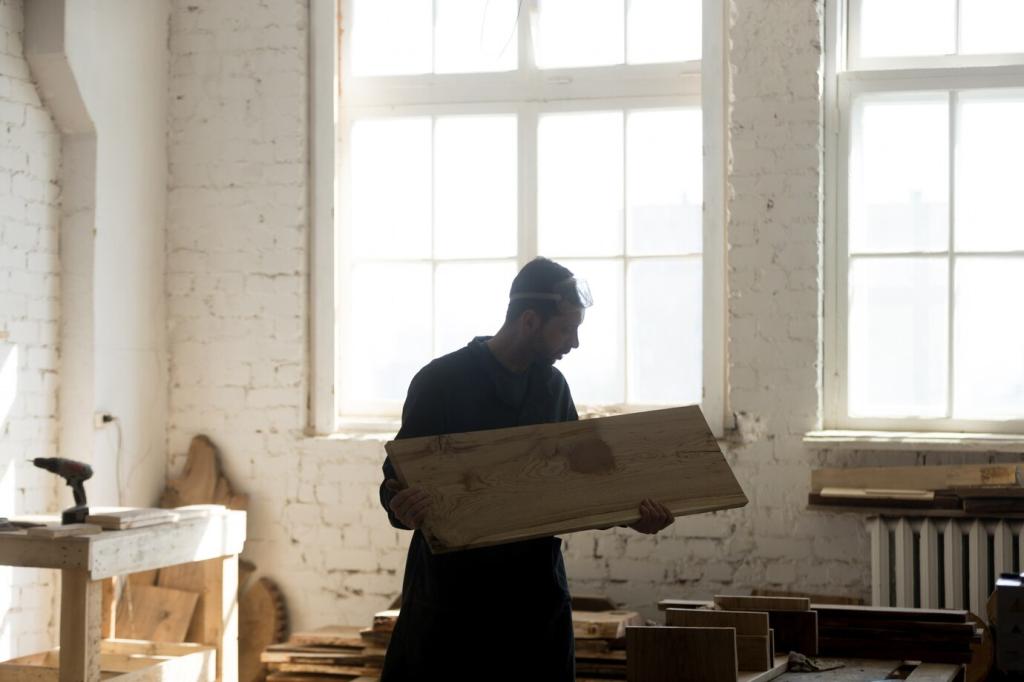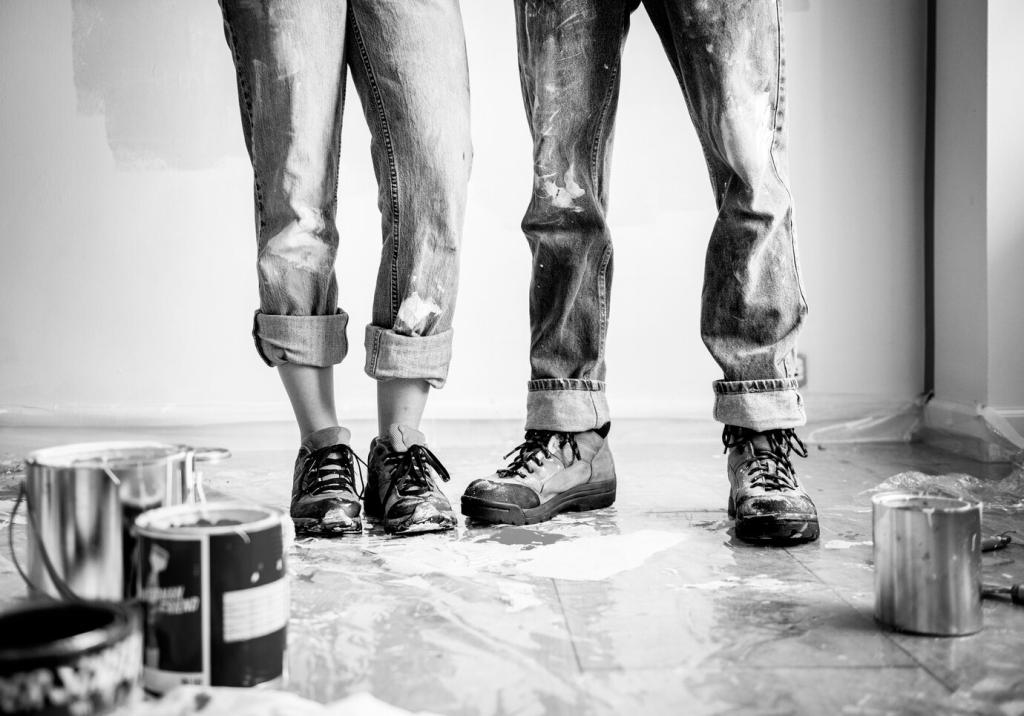Chosen theme: Furniture Restoration in Historical Contexts. Step into the workshop where wood remembers touch, finishes whisper centuries, and every careful repair respects the era that shaped it. Join our community, ask questions, and subscribe to follow living histories unfolding at your fingertips.
Tracing Provenance: The Stories Behind Restored Pieces
Reading Tool Marks and Joinery
Old tools leave signatures: sash saw kerfs, scribed gauge lines, and wedged dovetails that announce their century without a whisper. Mortise-and-tenon drawbores, plane chatter, and adze tracks map a maker’s habits. Share a photo of mysterious marks, and we’ll help decode their historical clues.

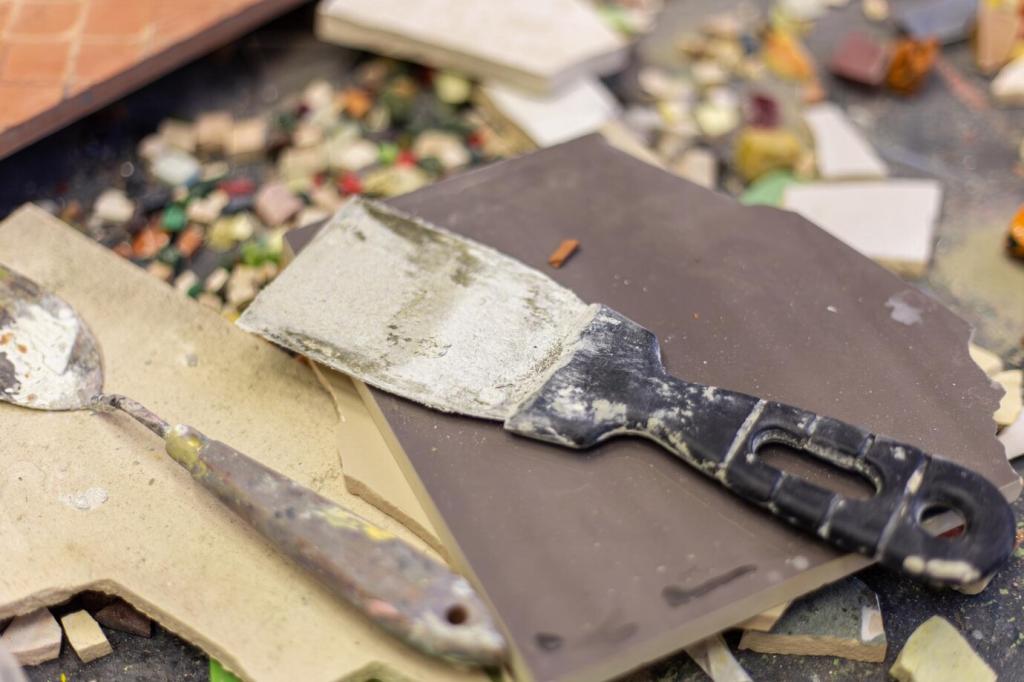
Decoding Finishes and Patinas
Shellac, wax, and oil oxidize in different rhythms, while French polish gleams with nineteenth-century confidence. Under UV light, later varnish blooms reveal overcoats; in daylight, sun-faded edges sketch a life beside windows. Comment with your trick for distinguishing original patina from later exuberance, and let’s compare notes.
Techniques Across Centuries: Matching Method to Era
Drawbored mortise-and-tenon joints secure without clamps; early dovetails were wider and fewer, later ones finer and proud. Georgian cabinetmakers refined carcass work with consistency that manuals like Moxon foreshadow. Which period’s joinery challenges you most? Tell us, and we’ll publish demonstrations grounded in period-appropriate practice.
The Ethics of Conservation: Integrity Before Perfection
A scar on an armrest can be biography, not blemish. Tighten what is loose, consolidate what is fragile, and stop before history disappears beneath enthusiasm. Tell us where you draw the line between healing and over-correcting; your perspectives help shape our editorial guidelines and future tutorials.
The Ethics of Conservation: Integrity Before Perfection
Every adhesive, shim, and finish must be removable with predictable effort and minimal collateral change. Threaded inserts beat epoxy floods; hide glue outshines synthetics when future options matter. Make your own pledge in the comments, and encourage new restorers to embrace reversibility as a core professional ethic.
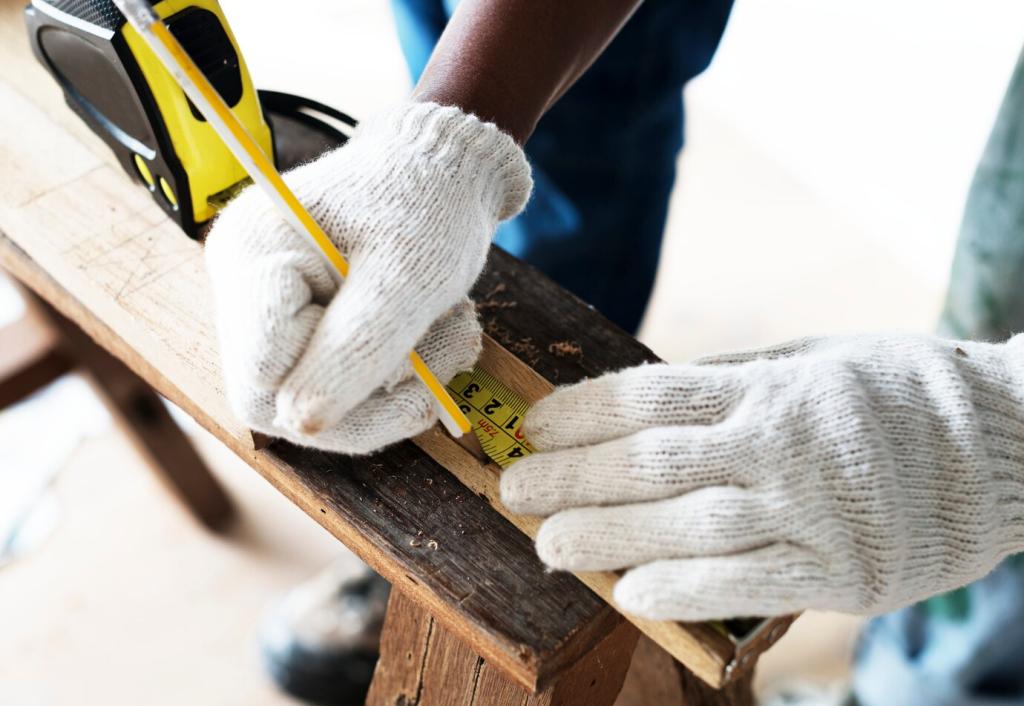
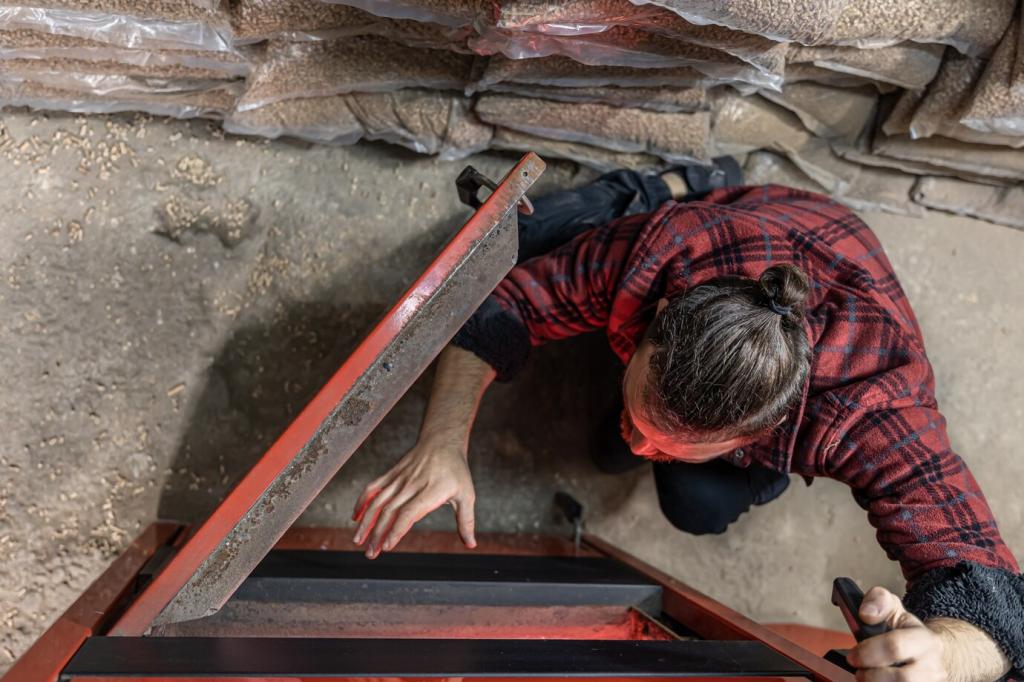
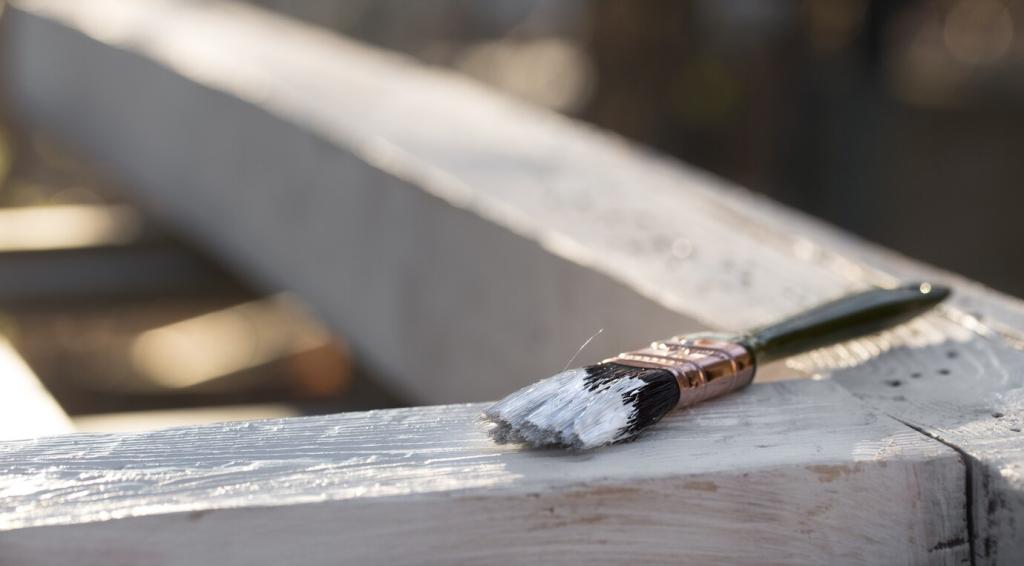
Choosing Species and Grain to Match Era
Quarter-sawn oak shows medullary rays prized in Arts and Crafts, while ribbon-stripe mahogany hums with Regency poise. Walnut’s warm pores differ from tight-grained beech used in working chairs. Tell us your toughest species match, and we’ll crowdsource grain-reading tips from seasoned restorers and curators.
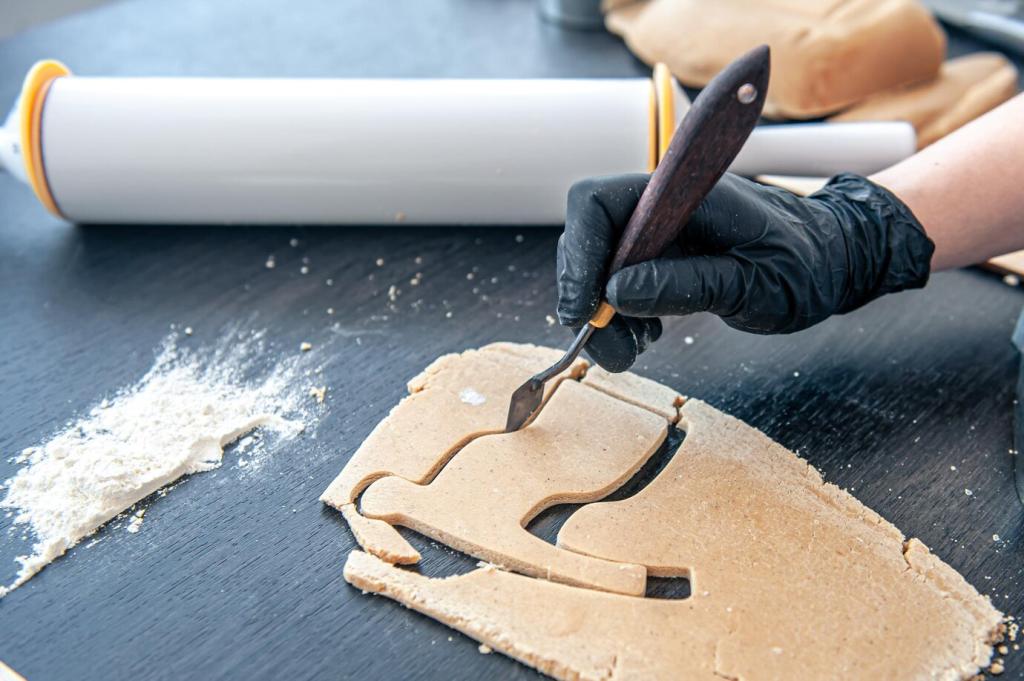
Pigments, Shellac, and Traditional Varnishes
Dewaxed shellac flakes dissolved fresh deliver clarity, while seedlac carries warmer tone. Historical varnishes leaned on copal or amber; pigments ground in oil shift color subtly. Share your favorite recipe for reviving faded French polish, and subscribe for our lab notes on lightfastness and alcohol blends.
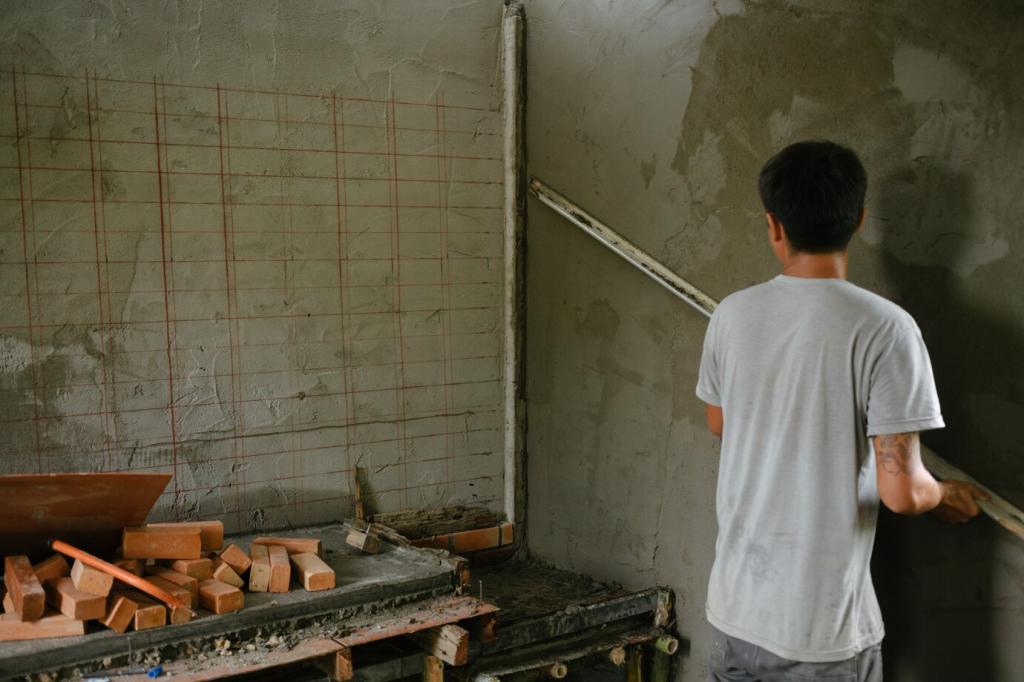
Textiles, Trimmings, and Horsehair Stuffing
Horsehair rebounds beautifully and breathes; jute webbing and hand-tied springs respect nineteenth-century upholstery logic. Gimp, braid, and tacks deserve era-correct profiles. Post a swatch you’re considering, and we’ll suggest historically faithful pairings that honor both the seat’s silhouette and the maker’s original intent.
Case Study: Restoring a Nineteenth-Century Windsor Chair
Loose legs telegraphed with racking; fox-wedged tenons had shrunk. We wicked in warm hide glue, then reamed sockets minimally to avoid changing stance. Have you stabilized a delicate splay without altering geometry? Share your approach, and we’ll compare notes on jigs, clamping, and dry-fit protocols.
Case Study: Restoring a Nineteenth-Century Windsor Chair
A missing spindle demanded split stock, drawknife, and spokeshave work, then burnishing with shavings. We drilled with a brace to honor historical angles and steamed the arm bow to check alignment. Tell us your favorite spindle template, or ask for ours; we’ll email subscribers a printable guide.
Case Study: Restoring a Nineteenth-Century Windsor Chair
We photographed joins, logged adhesives, and tucked a reversible note under the seat describing finishes and dates. Transparency builds trust. What documentation system do you use—tags, sketches, spreadsheets? Comment below, and we’ll compile community templates to keep histories legible for generations of caretakers.
Climate, Care, and Display: Preserving the Restored Story
Aim for stable relative humidity around forty-five to fifty-five percent; avoid sun paths that bleach dyes and craze finishes. Silica gel and UV films help. What’s your climate-control trick in older homes? Share setups, and we’ll feature reader solutions that balance preservation with everyday living.
